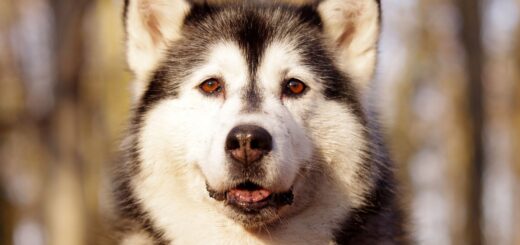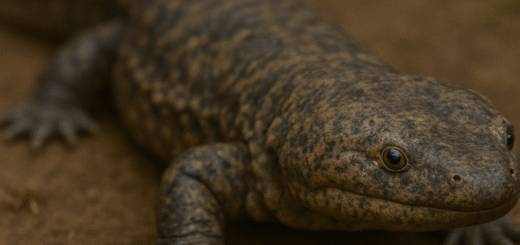Can Animals Predict Natural Disasters? What Science and Stories Say
For centuries, people have told stories of animals fleeing before earthquakes, behaving oddly before tsunamis, or going silent before storms. But is there any truth to the idea that animals can predict natural disasters? Scientific research, combined with historical accounts, suggests that animals may indeed sense what humans cannot—though it’s not quite “prediction” in the way we often think.

Animal Instinct or Scientific Sensory Advantage?
Animals have evolved with heightened senses. Dogs can hear sounds at higher frequencies. Elephants detect vibrations through their feet. Birds can sense changes in atmospheric pressure. These adaptations allow them to perceive subtle environmental shifts that often precede natural disasters.
For example:
- Before Earthquakes: Dogs, cats, and even zoo animals have reportedly behaved anxiously—barking, hiding, or trying to escape—minutes or hours before seismic activity.
- Before Tsunamis: In the 2004 Indian Ocean tsunami, locals observed elephants moving to higher ground and flamingos abandoning low-lying nesting areas before the waves hit.
- Before Storms: Birds may fly at lower altitudes, and insects can disappear entirely before a major storm.
These behaviors suggest animals are not predicting disasters, but reacting to early signs that humans either overlook or cannot perceive.
What Does the Research Say?
Although anecdotal reports are compelling, scientific studies are still catching up. One of the main challenges is that it’s difficult to measure or replicate disasters in a controlled setting. However, several studies support the idea that animals can respond to environmental cues:
- A 2011 study in Japan observed unusual pet behavior before a major earthquake. The researchers noted increased restlessness and vocalization in dogs and cats days before the quake.
- GPS-tracked farm animals in Italy—like cows and sheep—were found to behave erratically before earthquakes, as shown in a 2020 study published in Ethology.
- Some researchers believe low-frequency sound waves (infrasound), which occur before earthquakes or volcanic eruptions, might be sensed by animals well before humans notice anything.
Can Animals Be Used in Early Warning Systems?
The idea of using animals as part of early warning systems is not new, but it is controversial. Animal behavior is difficult to standardize, varies by species and individual, and can be affected by non-disaster factors like weather or human presence.
However, integrating animal movement data—especially from GPS-tagged wildlife or livestock—with other environmental sensors could one day enhance prediction models.
Why This Matters for Humans
Understanding animal behavior in the context of natural disasters isn’t just a curiosity—it could save lives. Early evacuation based on credible animal signals, when paired with scientific monitoring systems, might offer precious minutes of warning.
Educating people in high-risk areas to observe and report unusual animal behavior could become part of disaster preparedness plans, particularly in regions with limited access to modern warning infrastructure.
Final Thoughts
While we can’t rely solely on animals to predict natural disasters, dismissing their behavior would be a missed opportunity. Animals may not “predict” events in the human sense, but their sensitivity to environmental changes gives them a unique survival advantage—and one we can learn from.
As technology and biology continue to intersect, future research may unlock even more ways to interpret the warning signs that nature, and its creatures, give us.








